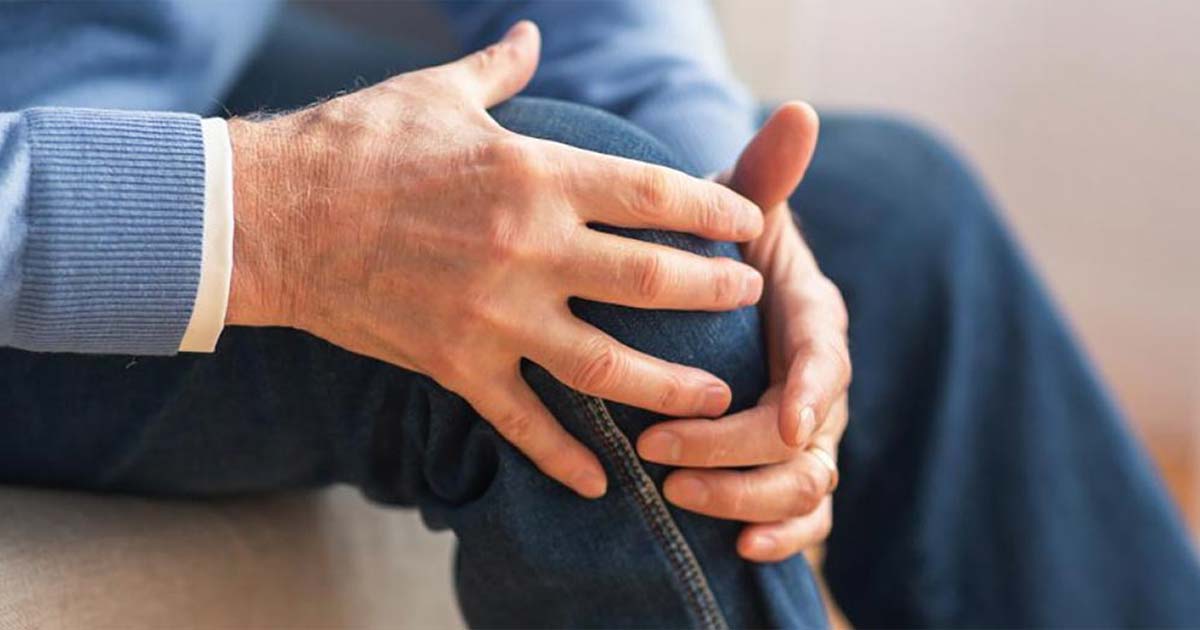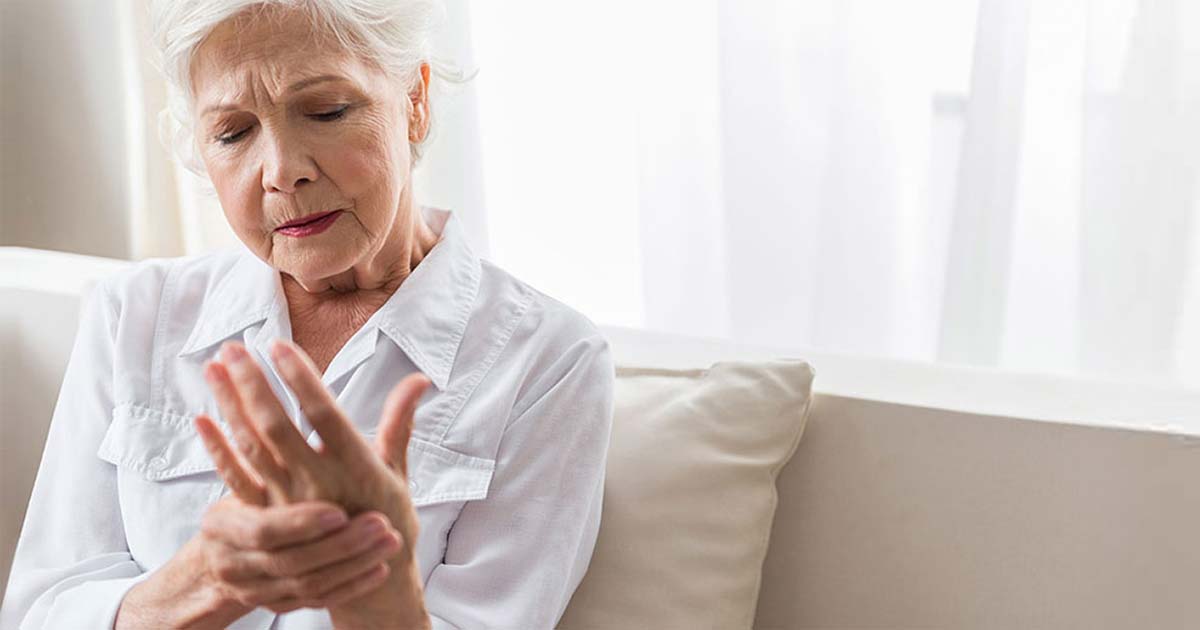How to Exercise with Psoriatic Arthritis
Advice to improve your movement, fitness, and overall health from the world's #1 in orthopedics.
Psoriatic arthritis is an autoimmune disorder characterized by inflammation of the joints. It can affect any of the joints – knees, hips, shoulders, and/or hands – and occasionally affects the spine as well. Unlike osteoarthritis, psoriatic arthritis is frequently bilateral, meaning that symptoms will typically be felt in both the left and right side of the body.

The first step towards exercising with psoriatic arthritis is to get the proper diagnosis. A rheumatologist will be able to help you understand the condition and how to manage it so that you can anticipate the challenges and plan accordingly. Medication may help to manage symptoms and bring down inflammation, making it easier to stay active on a consistent basis. Once you’ve been diagnosed and are being appropriately treated, a physical or occupational therapist can be a great addition to your wellness team and work with you and your physician to develop an ongoing fitness plan.
Secondly, understand that it’s normal to experience flares in your symptoms. These can be brought on by a number of factors, including changes in the weather-if you think you can “feel” that it’s going to rain later, you may very well be right! The changes in barometric pressure that accompany rain, snow, and extreme humidity can have an impact on your joints too. A sudden jump in your activity levels can also cause a flare. For example, if you go from not exercising at all to spending an hour working hard at the gym every day, your joints won’t have time to adapt and may become inflamed and irritated. Since psoriatic arthritis is a condition that often presents throughout your body, overworking one body part may result in a flare in another body part. For this reason, it’s important that your fitness plan be balanced and incorporate exercises for your entire body.
Whatever the cause, don’t let a flare stop you from being active. Sitting around will only make your joints stiffer and lead to more pain. Gentle stretching and range of motion exercises, swimming, and riding a stationary bike are all options and can help you manage your symptoms. If your usual routine is higher impact, adjust to your body and resume those activities when you’re in a more comfort phase.
Be patient with yourself – some days you’ll be able to tolerate more than others, and that’s okay. If you have significant activity goals – like completing a marathon or hiking through a national park – you can still reach for those; just understand that your training may be longer term. Work with your physical or occupational therapist to set realistic milestones and each step will bring you closer to your goals.
Published 5/24/2021



